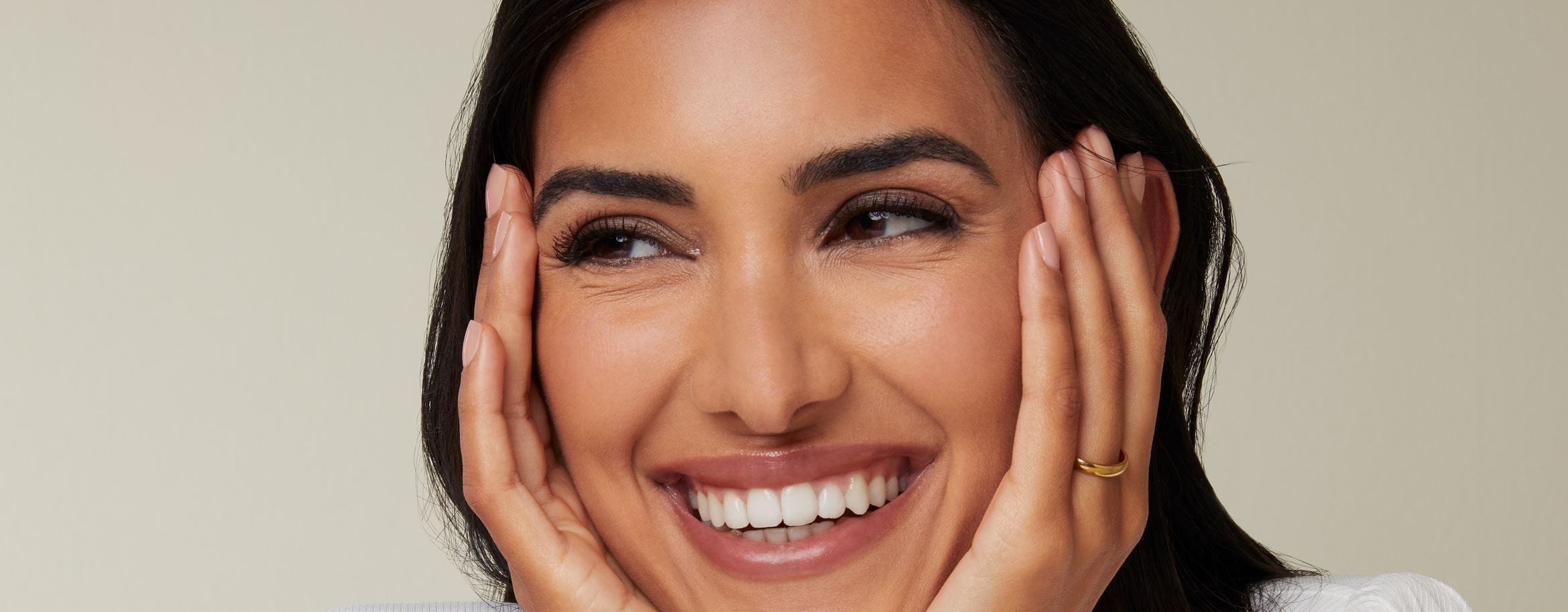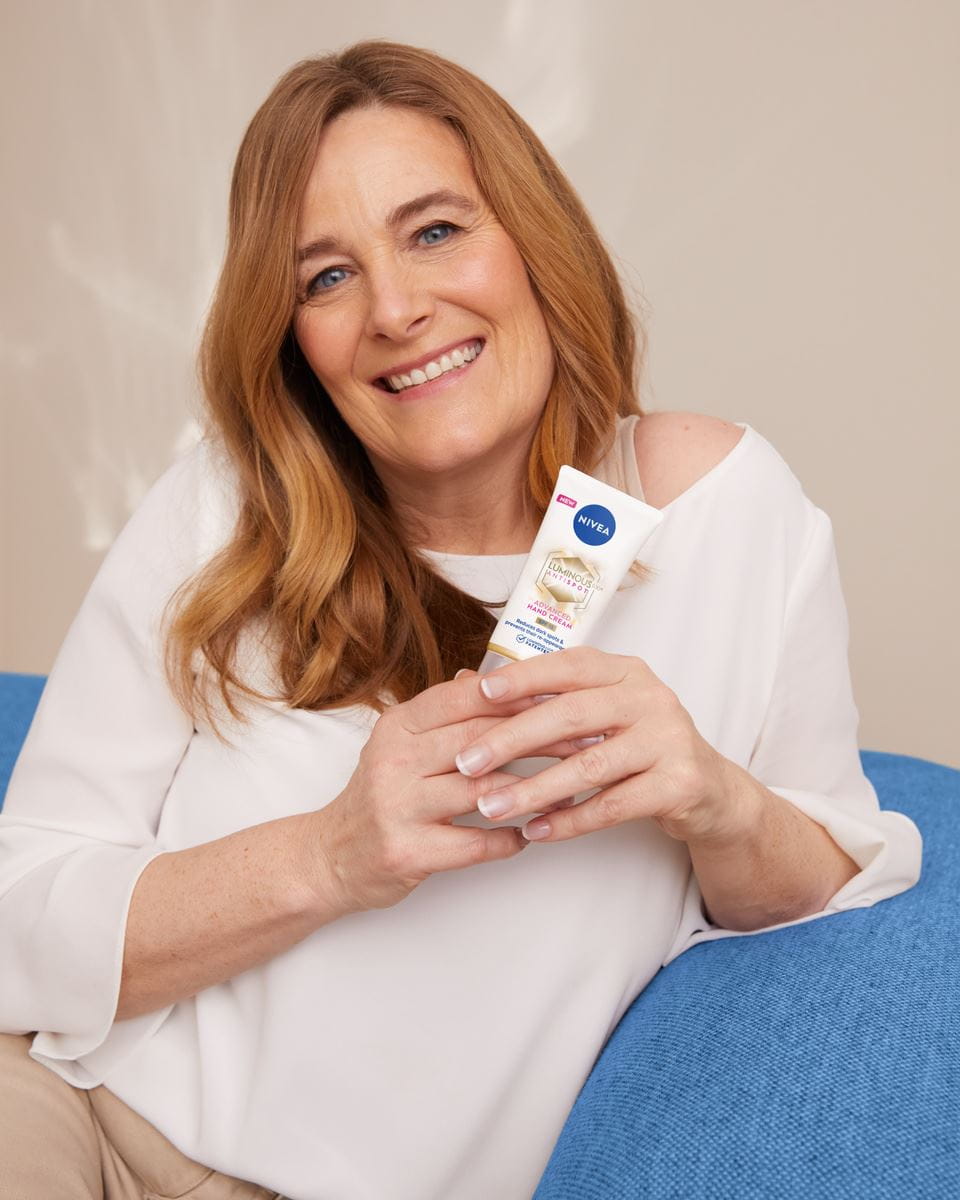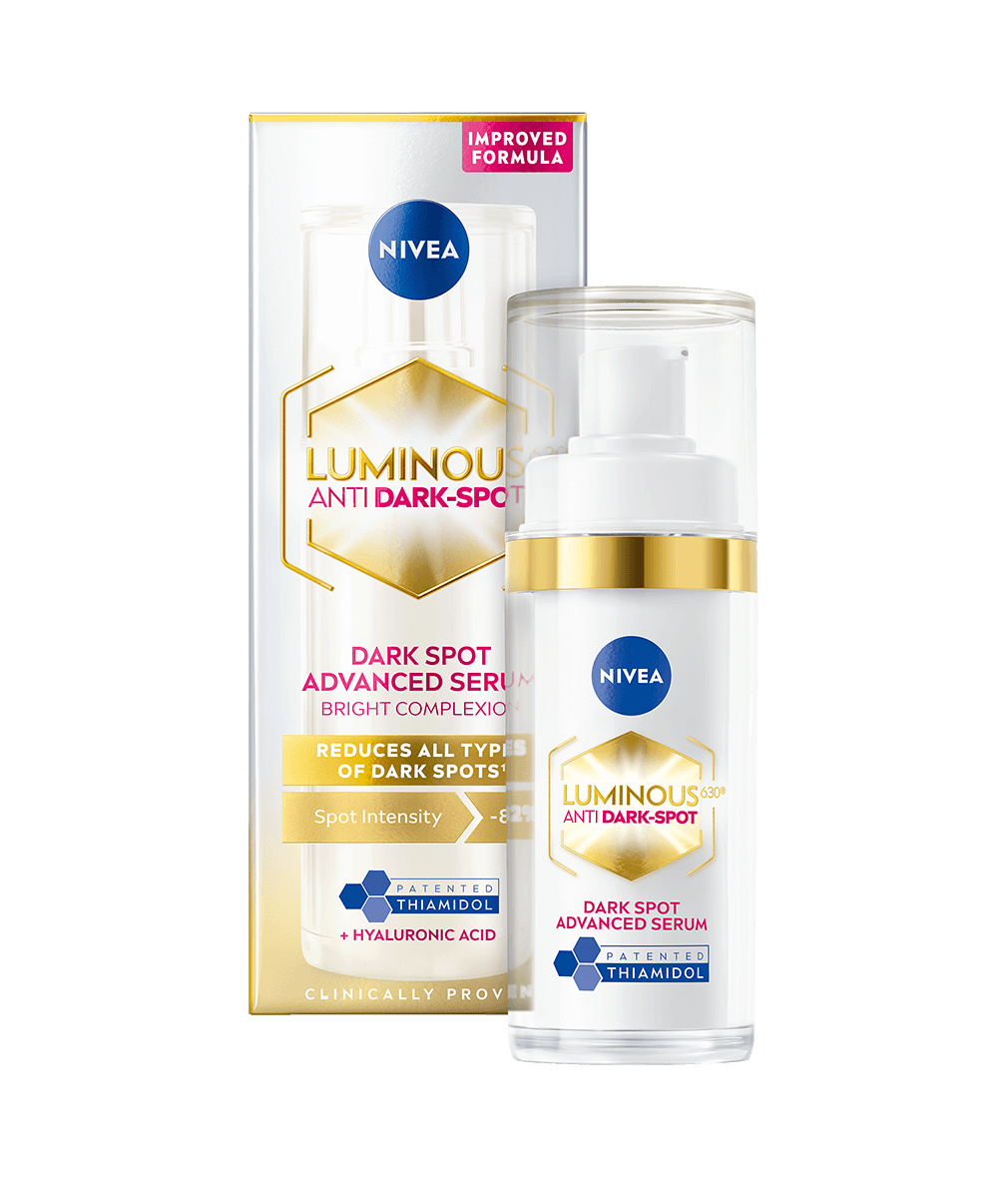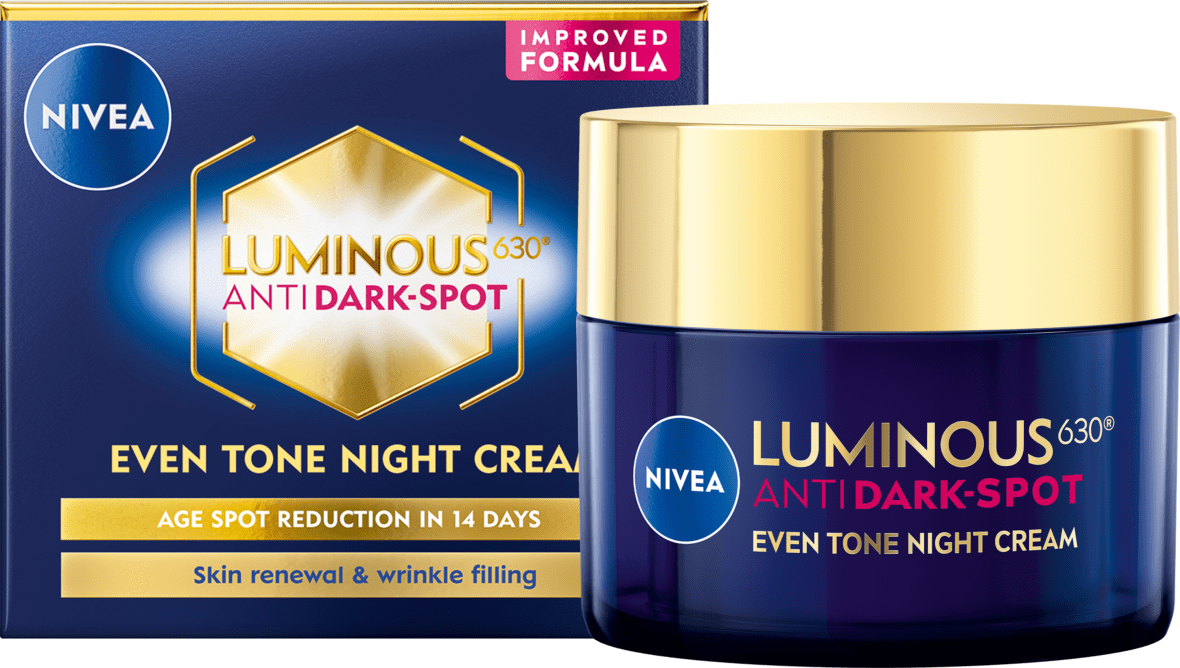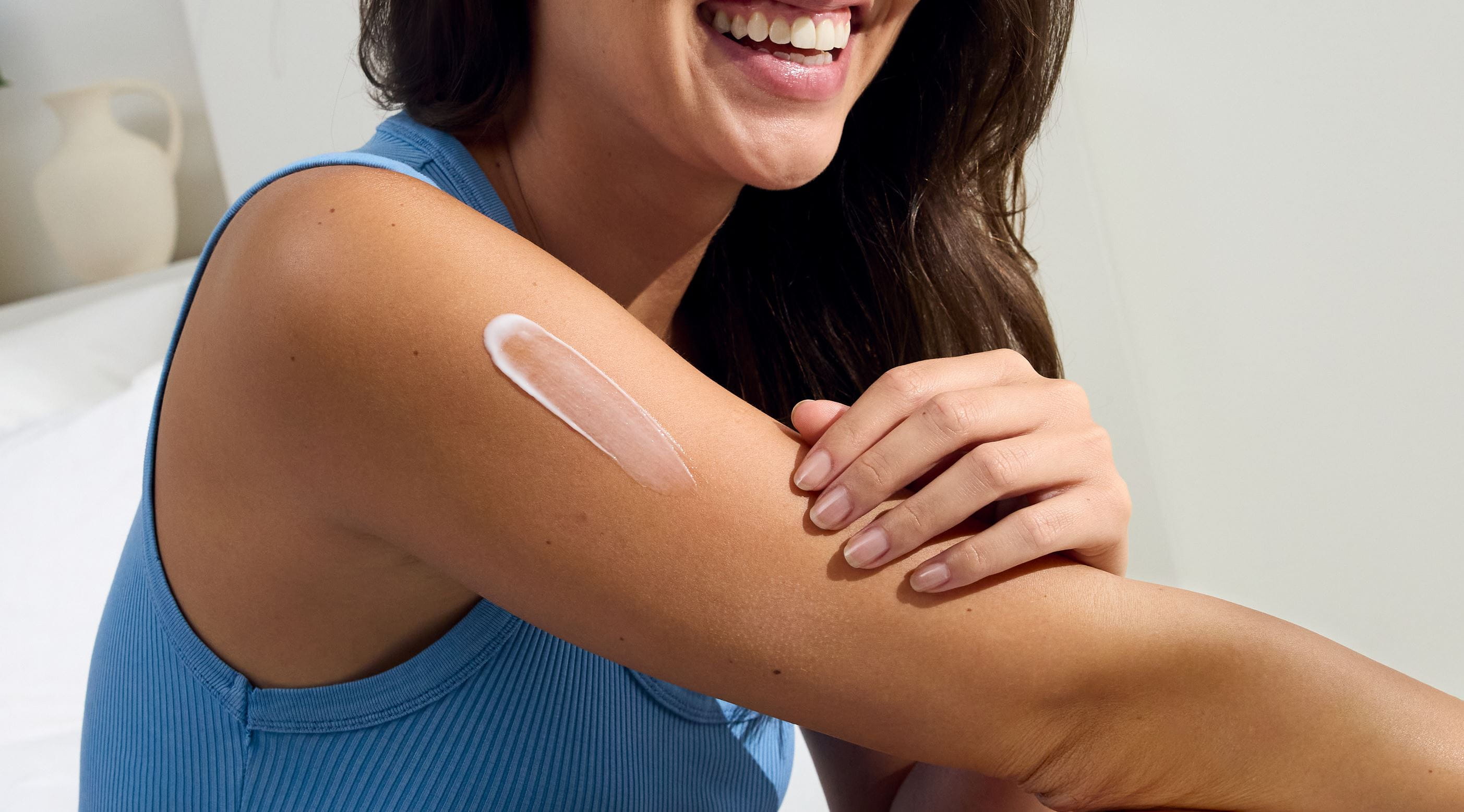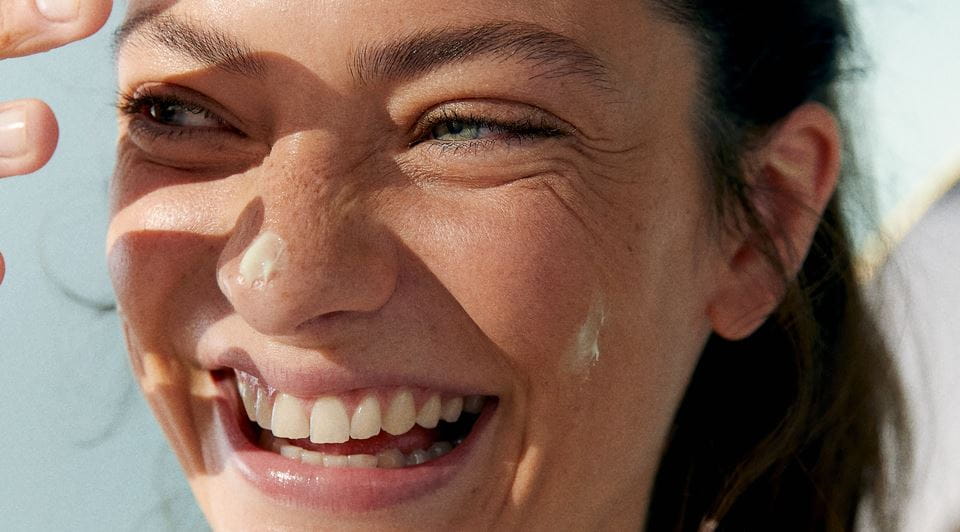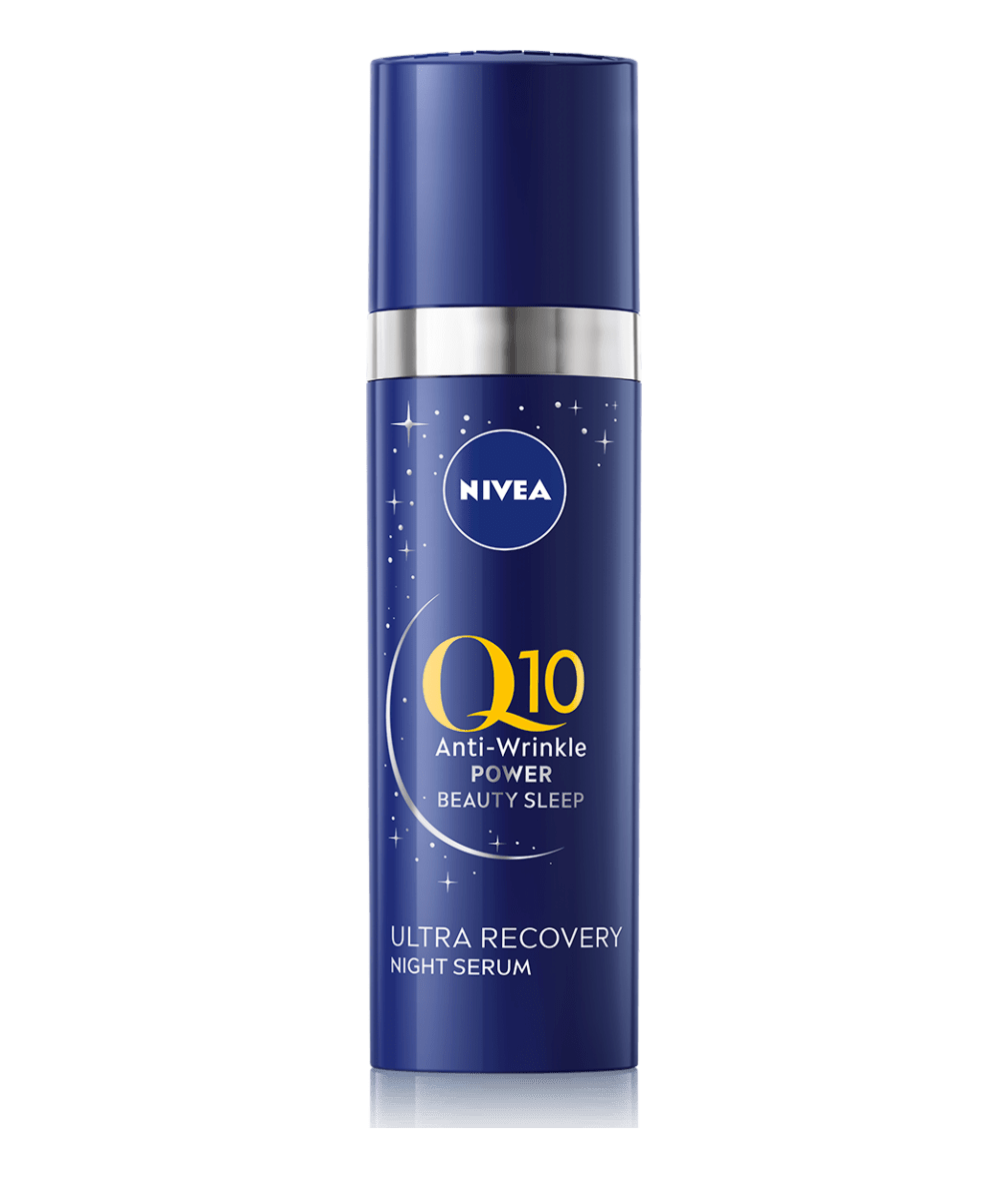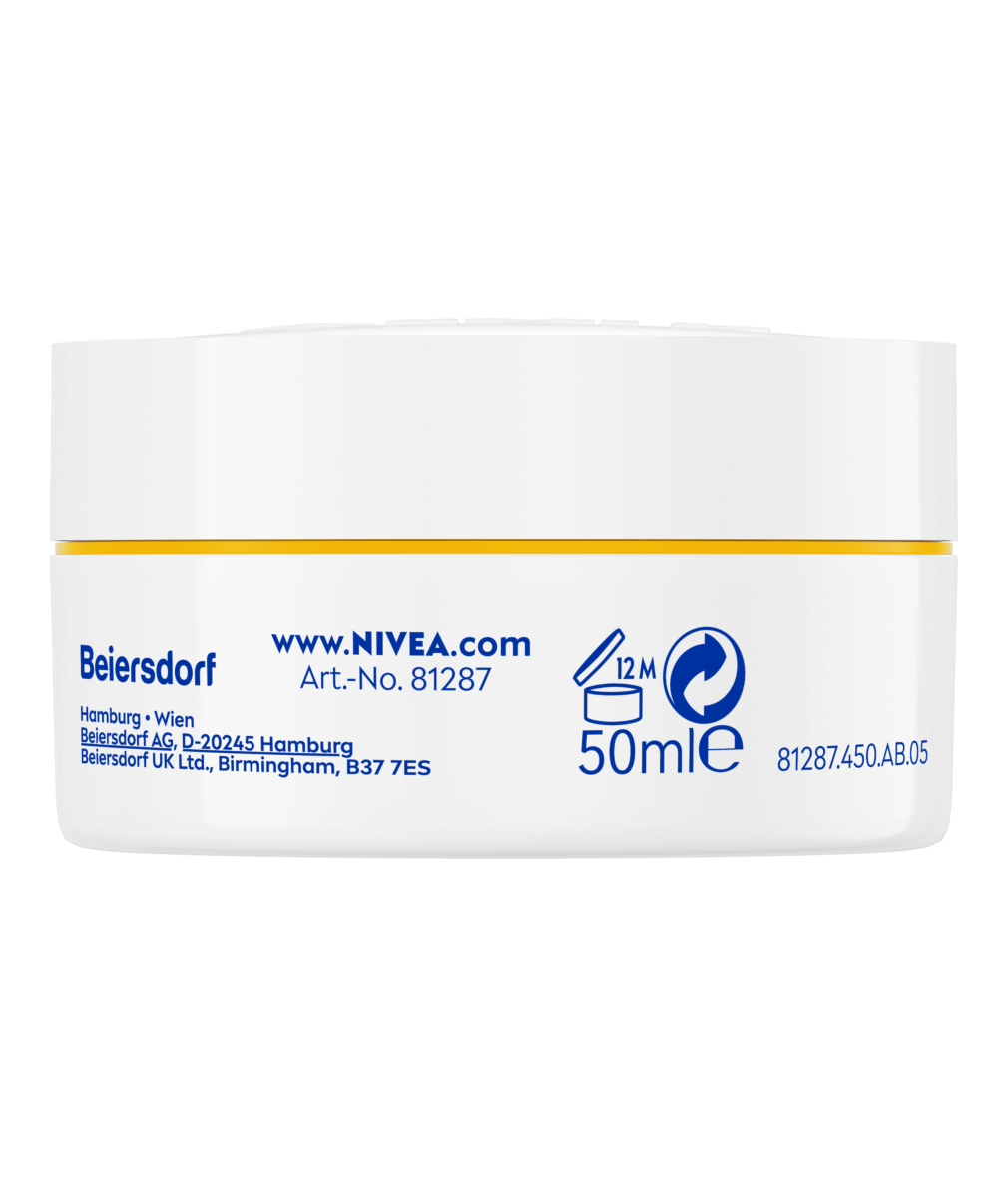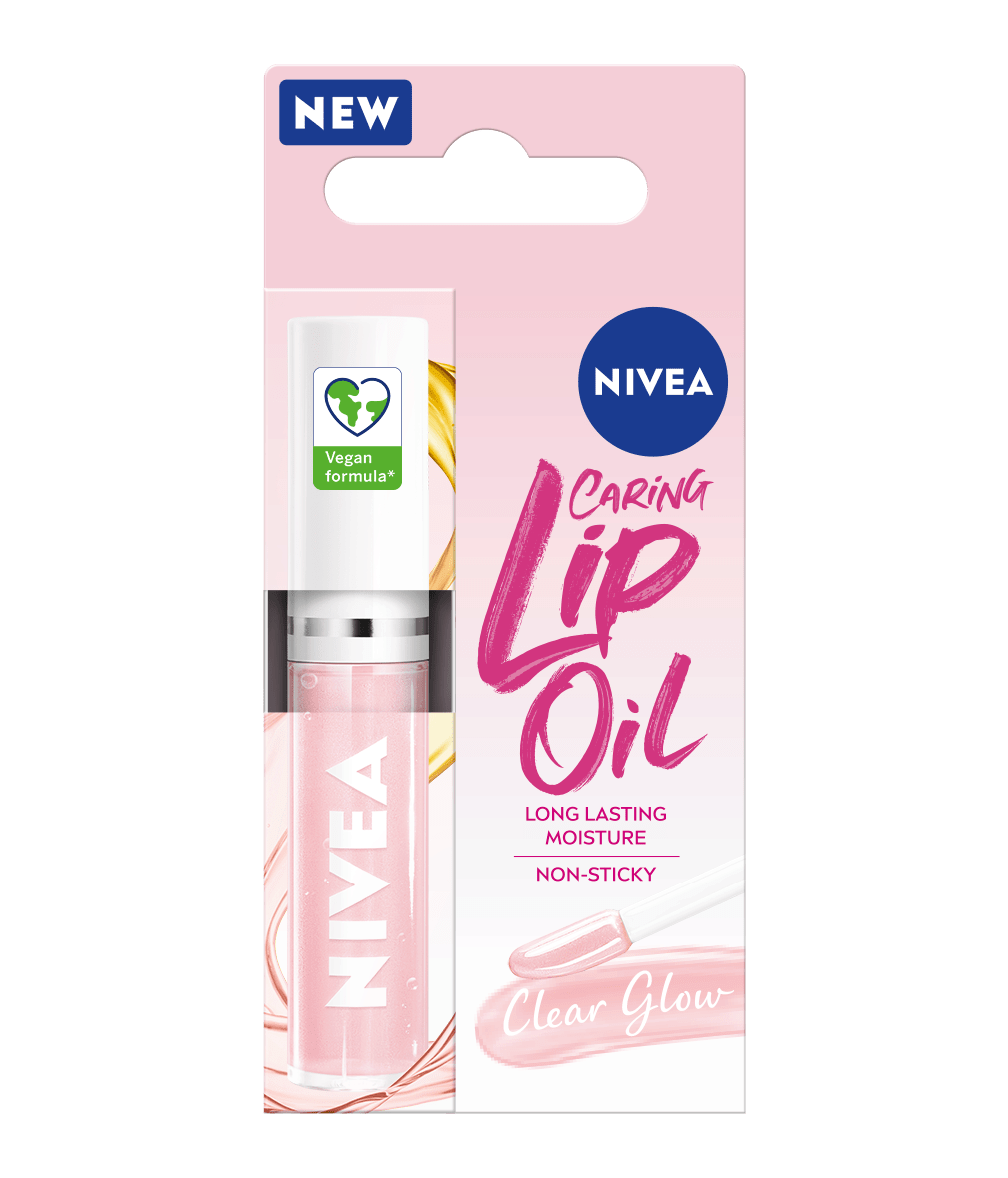Sunscreen: Throughout the day, it's essential to
protect your
skin from the
sun and against harmful UV rays by using a
sunscreen with a strong SPF.
Sun exposure can further darken your dark spots.
The
NIVEA SUN UV Face Specialist Dark Spot Control Fluid helps to prevent and visibly reduces
sun-induced spots by
protecting your delicate facial
skin against UV rays. The products light and non-greasy fluid formula contains Thiamidol and is enriched with
Hyaluronic acid &
Vitamin E to offer a re
freshing effect and a smooth
skin feeling.
Optional Weekly Mask Treatment: Once a week you could also use a face mask. The
NIVEA Q10 Power Anti-Age Brightening Mask helps to provide your
skin with an extra boost.The serum-infused mask is enriched with dual action Coenzyme Q10 and acts as a powerful antioxidant to
protect skin against aggressors.
Optional Weekly Exfoliation: 1-3 times a week gently exfoliate your
skin to help remove dead
skin cells and improve the effectiveness of your
skincare products. Exfoliation can help to speed up the
skin's
natural turnover process, which can fade dark spots over time.
Be cautious not to over-exfoliate your
skin, as this can lead to irritation.
